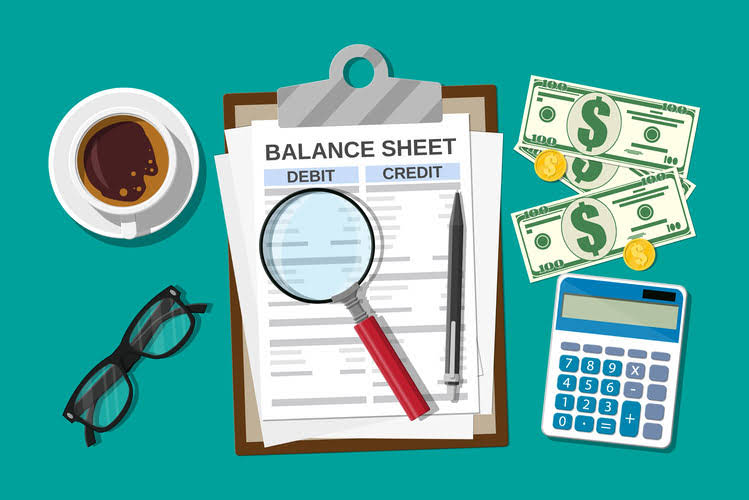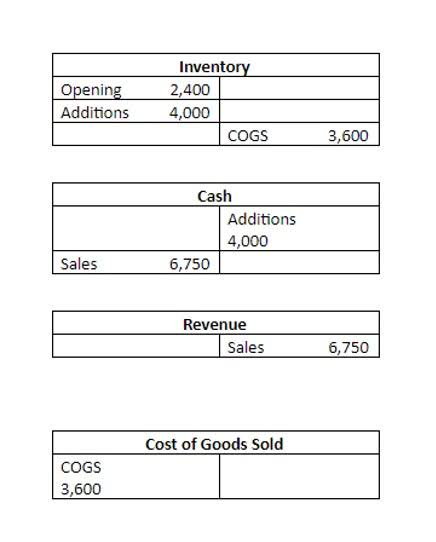
Accounting principles, such as Generally Accepted Accounting Principles (GAAP) or International Financial Reporting Standards (IFRS), prescribe rules for recognizing revenue and liabilities. These standards could impact the way a payee reports an outstanding check on their financial statements until it has been outstanding checks meaning deposited and cleared. Outstanding checks play an essential role in the financial transactions between payors and payees.
Not Yet Cleared

Having funds transferred via direct electronic channels not only streamlines accounting processes but also minimizes errors from manual check cutting/reconciliation. To begin, compare the checks recorded in their internal records against the transactions on the bank statement. An outstanding check is recorded in the company’s books but hasn’t cleared the bank yet. This means the cash is “gone” in your records but still sitting untouched in the bank. Electronic payment methods will reduce the processing time period and also decrease the risk of cheques being lost or deferred.
Legal Action
Adopting proactive habits can make a big difference when managing outstanding checks effectively. Even though the check hasn’t cleared yet, recording it right away helps ensure your cash position is accurate and makes it easier to track pending payments. Checks that have been written but have not yet been cashed or cleared by the bank are referred to as “outstanding.” It doesn’t matter if the cheque is for personal or business use. To keep things simple, an “outstanding check” is a check that has not yet cleared your account. With Electronic Payments implemented, processing times are expedited and payment accuracy increased.
- By doing so, you ensure that your organization continues its mission while minimizing exposure to legal liabilities arising from non-compliance with relevant rules and regulations.
- These checks create a temporary difference between a company’s internal cash records and its bank statement balance.
- Banks may inadvertently honor stale-dated or voided checks, violating policies or exposing themselves to disputes.
- If an outstanding check is not cleared within a reasonable amount of time, it can result in inaccurate account balances, legal disputes, and even criminal charges for fraud or theft.
- Properly accounting for outstanding checks ensures transparency in financial statements.
What are outstanding checks in bank reconciliation?
Learn how to manage your bank balance, avoid financial surprises, and handle outstanding payments effectively. An outstanding check is a check that a company has issued and recorded in its general ledger accounts, but the check has not yet cleared the bank account on which it is drawn. This means that the bank balance will be greater than the company’s true amount of cash. An outstanding check is any check written on a bank account that hasn’t yet been cashed or deposited and cleared. An outstanding check, also known as a stale check or a dormant check, refers to a check payment written by someone that has not yet been cashed or deposited by the payee.

Outstanding Check: Definition, Risks, and Ways To Avoid
If someone writes a check and spends money before the check is cashed, they might overdraft their account. Stale checks are those that have not been cashed within a certain period, typically six months, after which banks may not honor them without a stop payment order or reissuance. This automation helps reduce errors, ensures nothing gets missed, and makes following up on uncashed checks more efficient. Skipping this step can lead to overstated balances, which may result in overdrafts, bounced payments, or inaccurate cash flow projections. Whether you’re a small business owner, a staff accountant, or a bookkeeper, one issue you’re likely to run into is handling outstanding checks. Reconciling your bank statements is fundamental to keeping your business’s finances on track.
- The process involves communicating with the bank to officially stop payment on the outstanding check and possibly issuing a new check if necessary.
- To address this, businesses must employ robust cash flow forecasting techniques.
- To avoid the delay in delivery for the check, it is important to mail it immediately.
- Alternative investments are often sold by prospectus that discloses all risks, fees, and expenses.
- Checks that are outstanding for a long period of time are known as stale checks.
- This is because the bank still needs to clear it on the payer’s end, as it is yet to be presented, and the status of its clearance remains uncertain.
Get Tips For Managing Real Estate Wealth
In conclusion, reconciling outstanding checks is a necessary part of effective financial management. By taking these steps, they can streamline the transaction process, reduce the likelihood of errors, and safeguard their financial interests. For example, a check may have been written and recorded by a company on December 31. The reconciliation process will identify these differences as due to outstanding checks. Understanding how to find outstanding checks on bank reconciliation is essential for maintaining accurate financial records. Once identified, outstanding checks require specific handling within the bank reconciliation to determine the accurate cash balance.
What’s the difference between outstanding lodgements and unpresented cheques?
Explore effective strategies for handling outstanding checks to ensure accurate financial reporting and maintain fiscal responsibility. Checks remain outstanding for various reasons, primarily due to the time lag in the payment and banking systems. After a company issues a check to a vendor, https://cms.fungogourmet.com.mx/index.php/what-are-expenses-its-types-and-examples/ the check must travel through the mail, which introduces an initial delay. Once received, the vendor requires time to process the check before depositing it into their bank account.

Outstanding checks create liabilities for issuers, payees, and financial institutions. For issuers, poor management of these checks can lead to financial and legal consequences. For example, voiding a check without notifying the payee could result in claims for non-payment. This is particularly critical for payroll checks, where labor laws mandate timely payment to employees. Another option is to request a stop payment on a stale or voided check to ensure no one can cash or deposit it.
It’s crucial for businesses to https://www.bookstime.com/articles/epayables promptly communicate with payees about issued checks, especially considering potential postal delays. Businesses must also follow unclaimed property laws, meaning uncashed checks eventually need to be handed over to the state. They can also delay payments, which might help in managing cash flow better by keeping funds in the account longer to earn more interest.

FeedBack (0)